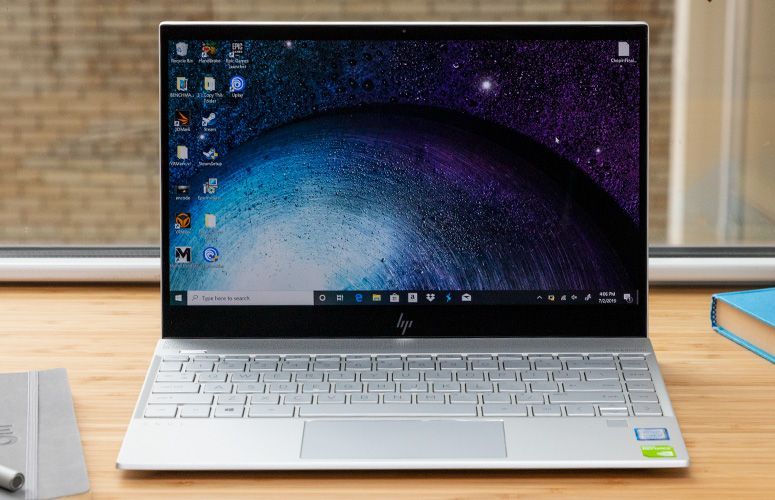

- HOW TO BUY A MACBOOK AS A STUDENT DRIVERS
- HOW TO BUY A MACBOOK AS A STUDENT PRO
- HOW TO BUY A MACBOOK AS A STUDENT MAC
- HOW TO BUY A MACBOOK AS A STUDENT WINDOWS
The MacBook Air is the perfect laptop for anyone that wants to fire off emails, scroll social media, and play Mac games. Others have mentioned, as we have, that you really should buy as much storage as you think you’ll need – especially since you can’t change it later. While many Amazon user reviews are impressed with the battery life and performance of the M1 processor – giving the laptop a 4.8 stars out of 5 (opens in new tab) – many have been damning when discussing the camera. Whatever you buy, you’ll want to be certain it’s enough, because Apple’s laptops aren’t able to be added to – what you buy is what you get, meaning that 512GB SSD may be a better option for you in the long term. Upgrading to 512GB will set you back $1249, but you do get an extra core on the GPU. As always, though, Apple machines tend to last longer than their Windows-based counterparts, and we expect that to hold even more true with the M1 architecture.įor that money you’ll be getting a 256GB SSD, which may not be enough for some.
HOW TO BUY A MACBOOK AS A STUDENT WINDOWS
The MacBook Air starts at $999, which makes it Apple’s cheapest laptop – despite costing double what a Windows laptop could cost. It’s also the kind of thing that’s likely to be remedied by an inevitable M2, with the MacBook Air rumored to be getting a refresh in 2022.

HOW TO BUY A MACBOOK AS A STUDENT DRIVERS
The M1 MacBook Air will natively support both its own display and one external display (if you have a dongle), meaning you’ll have to find a way around this with some third-party drivers and additional dongles. It’s also going to be a tough sell for anyone that needs those extra ports, particularly if you use multiple displays. We’re sorry to say that yep, the FaceTime camera is still 720p, which means it’s blurry in decent light and almost unusable in low light. It’s not all good news, though, and much of that feeds back to the M1 reworking the inside but the outside is left unchanged. You’ll barely notice a difference, but as more apps are upgraded to support M1 natively, it’ll only get better.

Apple has developed a translation tool called Rosetta 2 that converts Intel apps in M1 compatible versions the first time you run them. If you’re worried about your Intel apps not working, fret not. That means that the M1 can actually run a lot of the apps you may already own, and the list keeps growing, too. Because the M1 is close cousins with the iPhone and iPad chips, there’s some crossover.
HOW TO BUY A MACBOOK AS A STUDENT PRO
If you need something for resource intensive tasks like coding, then the MacBook Pro is probably a better choice, but it should be able to compile and test code for you without melting into a pile of goo.įinally, compatibility. Better yet, because its architecture is heavily inspired by the iPhone and iPad, if you leave the laptop to sleep or close the lid, it’ll be ready and waiting for you, waking instantly. We even found time to watch some YouTube content, with the laptop keeping up. The result? We got fifteen hours of battery life when using the MacBook Air, editing documents, sending emails, and streaming audio. That means they can talk to each other more quickly, and without the power drain of moving all of that data. Rather than data being relayed between components like the CPU, GPU, I/O, and SMC, the M1 incorporates all of those components onto an SoC (system on a chip). It’s that integration that makes the machine so efficient, too. You’ll feel it, too – your emails pop open faster, your notifications are more responsive, and Apple Arcade games look great thanks to the integrated GPU. In terms of power, the M1 MacBook Air blows the prior model out of the water, with a 350% increase in speed. There are three pillars here – power, efficiency, and compatibility. The big draw of this MacBook Air over its Intel-based predecessor is that M1 chip, and it’s just as transformative here as it was on the M1 MacBook Pro.


 0 kommentar(er)
0 kommentar(er)
